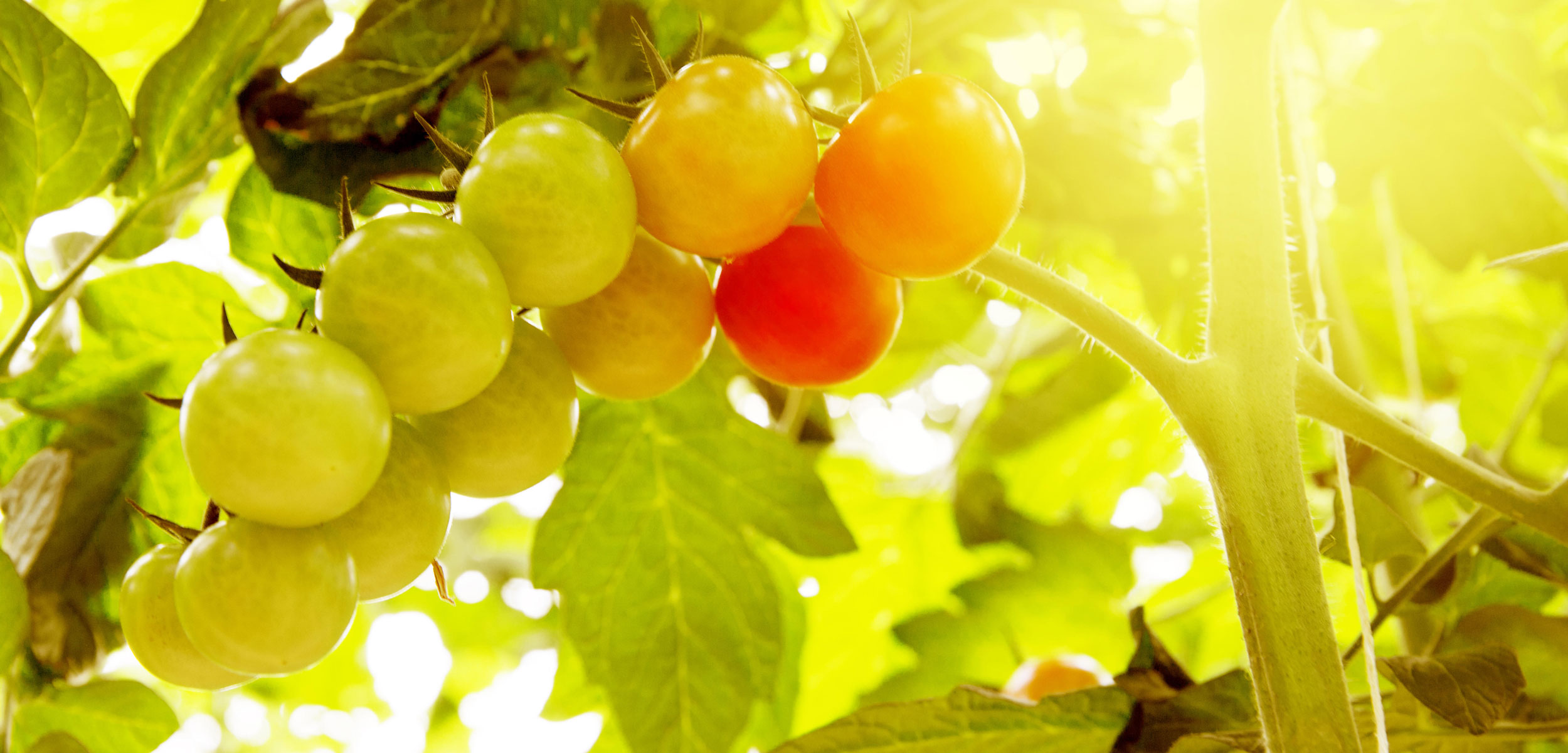Having Your Desalination and Eating It, Too
A small-scale experiment shows that brine waste from desalination can be turned into fertilizer for hydroponic plants.
Article body copy
Residents of the parched, volcanic Canary Islands, a Spanish archipelago in the North Atlantic, have relied heavily on desalination to supplement their scant fresh water for the past 50 years. But there is growing evidence that plumes of waste brine from the hundreds of desalination plants on the islands are destroying seagrass along the coastline by reducing photosynthesis, and leaf and root growth. The waste brine—a toxic mix of concentrated seawater, acids, and biocides—also depletes oxygen in the seawater.
Aware of the critical role of seagrass in the marine ecosystem, David Jiménez-Arias, an agrobiotechnologist at the Spanish National Research Council, has been leading a project to reduce the amount of brine dumped into the ocean by recycling it as plant food. His team has designed and piloted a process to produce a mineral solution from recycled brine, and used it to grow hydroponic tomatoes.
“We realized the brine has these very interesting minerals,” says Jiménez-Arias. “Things like calcium, magnesium, and potassium. … Things you’d want to add to help your plants grow in a supplement.” The recycled solution costs less than commercial nutrient solution, so could save money in addition to reducing waste.
To turn the salty slurry into tomato food, Jiménez-Arias and his colleagues mixed waste brine with extra essential minerals needed for plant growth to form a fertilizer similar to Hoagland solution, a widely used supplement for hydroponic plants.
Tomatoes have unusually good resistance to salt compared with many other terrestrial plants, but the researchers still had to dilute the brine slightly to reduce the concentrations of sodium, chlorine, and boron to acceptable levels. Using fresh water to dilute the brine waste seems counterintuitive considering the purpose of the project is to deal with pollution from a desalination plant, but they consider this a sustainable approach because they’re using less water than usual to supply hydroponic plants.
So far, the researchers have only conducted a small pilot project, growing 20 tomato plants using the diluted brine and 20 using Hoagland solution. Though the yield of the plants grown using the brine was lower, the scientists found that the brine tomatoes had a sweeter taste and a deeper red color. These so-called organoleptic qualities make food more appealing—something Jiménez-Arias thinks is an important advantage of his approach.
“The idea next is to continue with this line of research with another species … for example, watermelons,” he says. Like tomatoes, watermelons are already well-adapted to cope with fairly saline conditions.
The biggest problem with the system is the diminished yield: the tomato plants grown using brine only produced 60 percent as many tomatoes as the plants grown with Hoagland’s solution. This was likely caused by the toxic effects of too much sodium and chlorine, which cause the tomato’s tiny stomata—the pores that regulate gas exchange—to close, resulting in reduced photosynthesis. Too much sodium can also cause a drop in the amount of potassium in a tomato plant’s cells which can limit enzyme activity.
A potential fix to the yield problem, says Jiménez-Arias, may be to use biostimulants. These compounds trigger plants’ natural defenses. The amino acid proline, for instance, can double the yield of a sweet pepper crop by increasing the plants’ tolerance to salinity. “Now, the idea is to use the same amount of brine, but use our biostimulants to increase the tolerance,” he explains. The difficulty will be that biostimulants are highly specific for different crops, which could make generalizing the system beyond tomatoes difficult.
Kent Bradford, a plant physiologist from the University of California, Davis, who was not involved in the research, applauds the novel approach to the difficult issue of brine recycling. He thinks to develop the system further Jiménez-Arias and his colleagues need to do more research into improving crop yields. They also need to conduct a rigorous cost analysis to see whether the primary operators of desalination plants in the Canary Islands—hotels—can set up their own horticultural facilities, he says.
Bradford suggests it might take regulations, such as restrictions on or penalties for releasing brine waste into the ocean, to make adoption of such systems more attractive.
Recycling brine into tomato food is more of a curiosity than a globally applicable fix to the problem of desalination—one that sees 51.8 billion cubic meters of waste brine produced each year. In the Canary Islands, though, Jiménez-Arias and his colleagues are open to supporting local hotels interested in adopting it. Toward this end, their next trial will use biostimulants to see if they can improve the crop yield, and they will continue to iron out the economics of the process.

